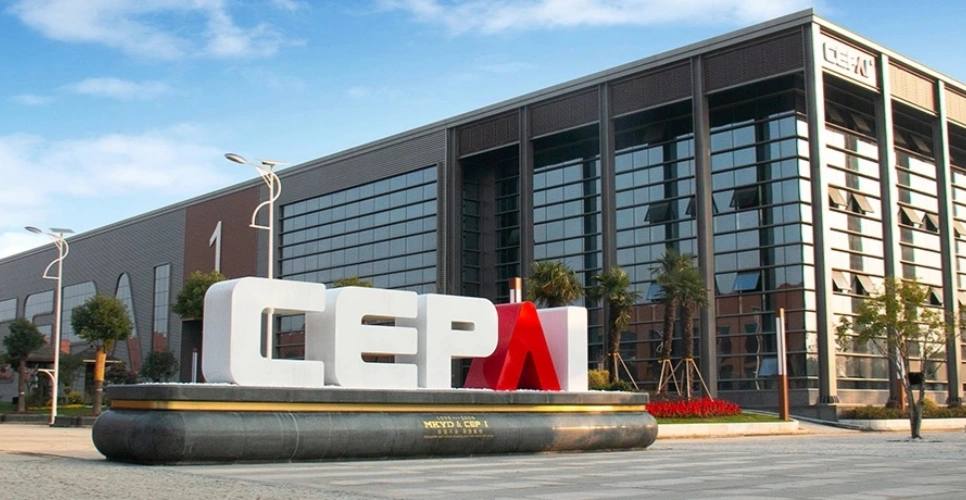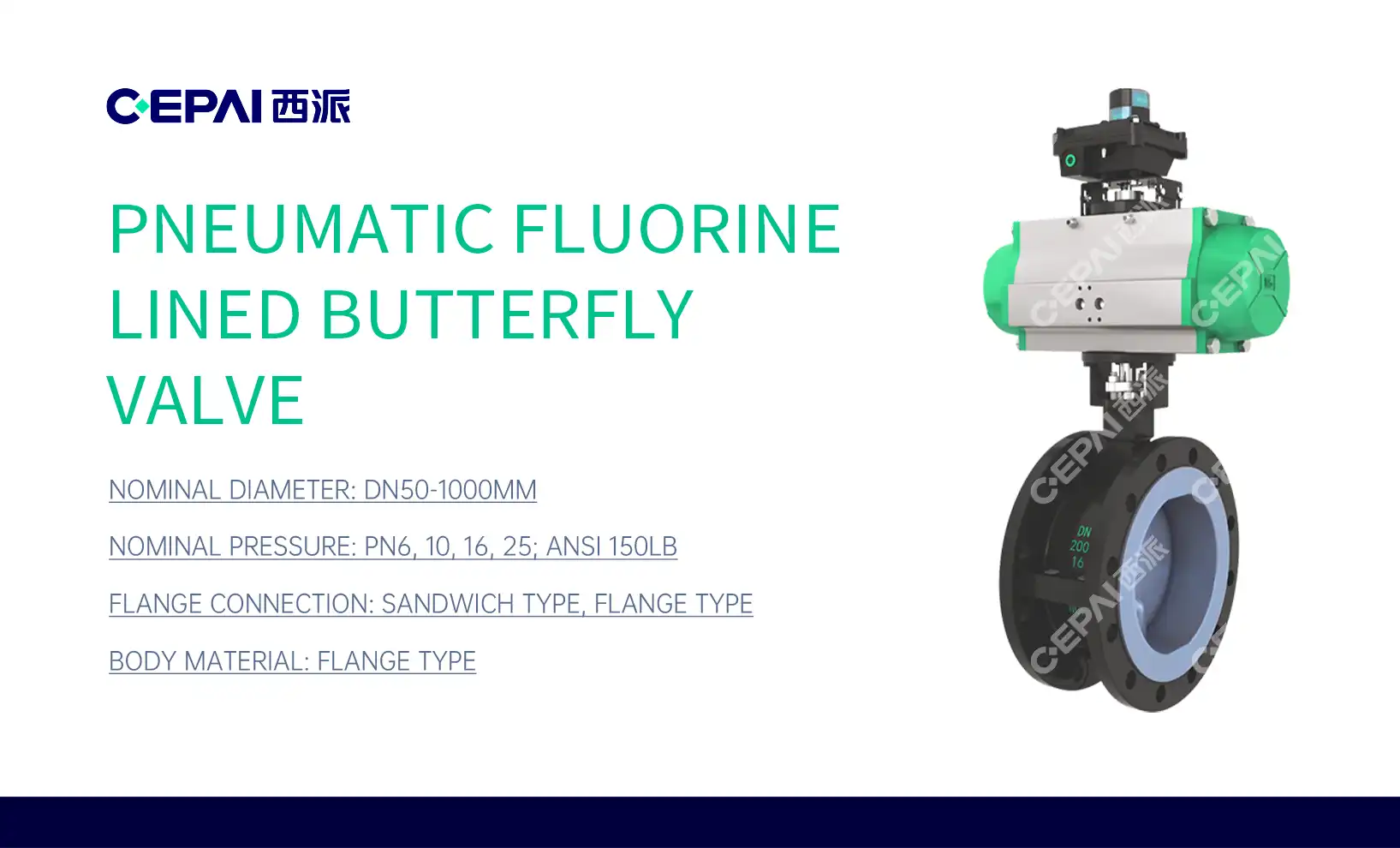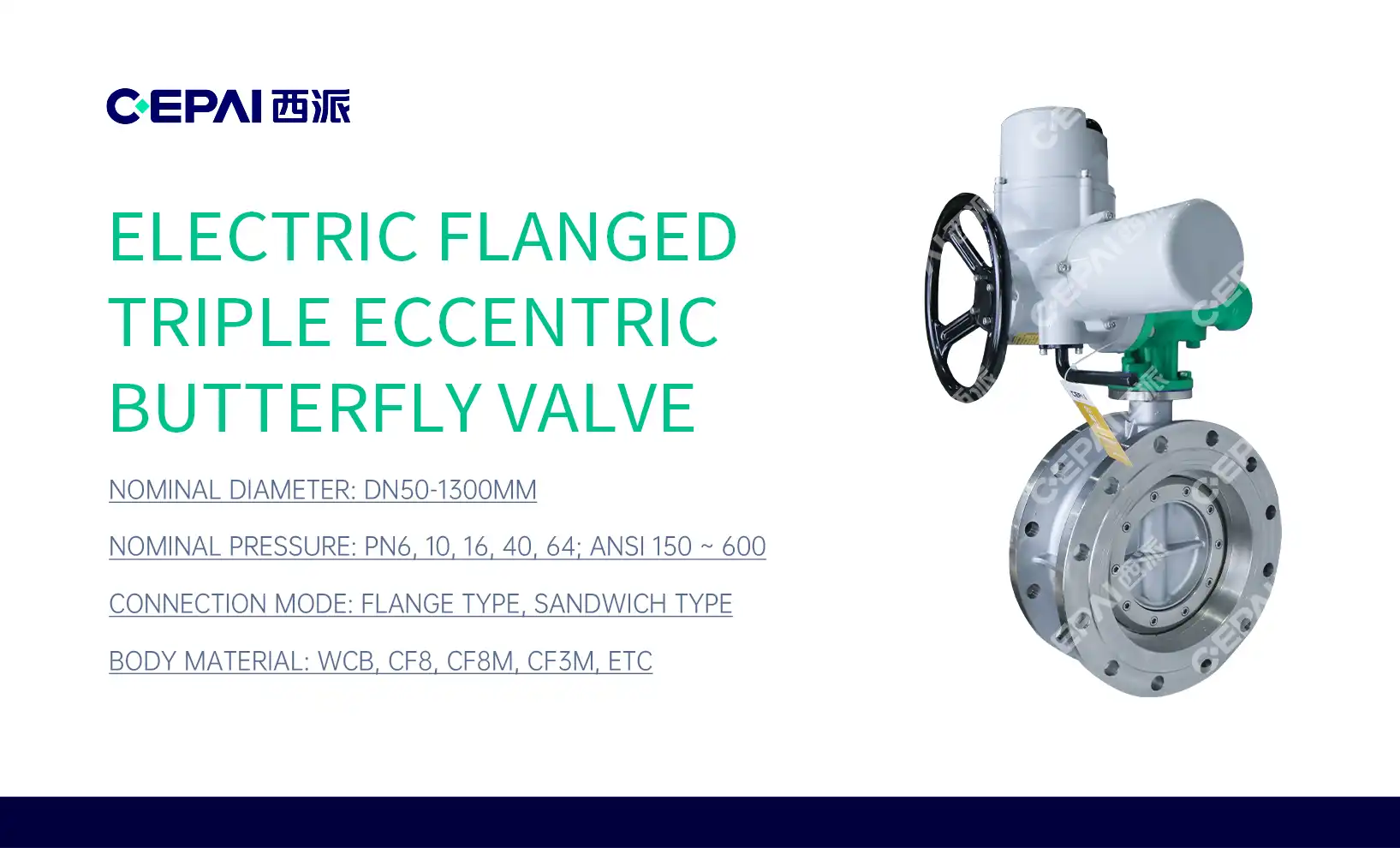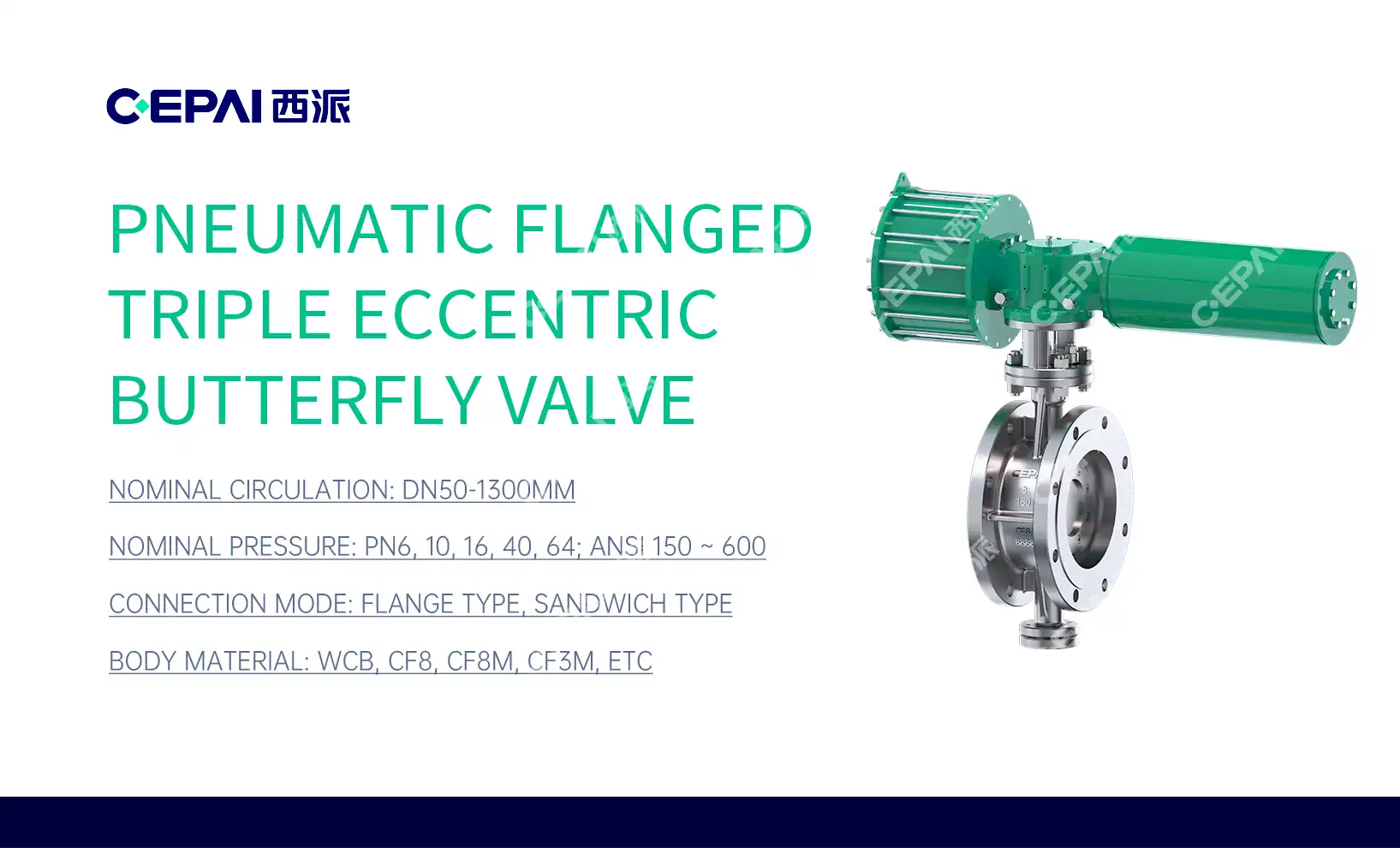Material Selection and Compatibility
Valve Body Materials
The choice of valve body material is paramount when selecting industrial ball valves. Different materials offer varying levels of durability, corrosion resistance, and temperature tolerance. Common options include stainless steel, carbon steel, brass, and specialized alloys. Stainless steel valves, for instance, excel in corrosive environments and high-temperature applications. Carbon steel valves are known for their strength and cost-effectiveness, making them suitable for many industrial settings. When choosing a valve body material, consider factors such as the nature of the fluid being controlled, operating temperatures, and pressure requirements to ensure optimal performance and longevity.
Ball and Seat Materials
The ball and seat components are critical to the valve's sealing performance and longevity. These parts come into direct contact with the process fluid and must withstand the specific conditions of your application. Common ball materials include stainless steel, chrome-plated brass, and ceramics, each offering unique properties. Seat materials often include PTFE (Teflon), PEEK, or various elastomers. The selection of these materials should be based on factors such as chemical compatibility, temperature range, and abrasion resistance. For instance, PTFE seats offer excellent chemical resistance but may not be suitable for extremely high temperatures, where PEEK might be a better choice.
Corrosion Resistance
Corrosion resistance is a crucial factor in many industrial applications, particularly in sectors dealing with aggressive chemicals or harsh environmental conditions. When selecting a ball valve, consider the corrosion potential of both the internal components and external surfaces. Some valves may require special coatings or linings to enhance their corrosion resistance. For example, valves used in offshore oil and gas applications might benefit from specialized coatings to withstand saltwater exposure. Additionally, consider the galvanic compatibility of different materials within the valve assembly to prevent accelerated corrosion due to electrochemical reactions.
Pressure and Temperature Ratings
Operating Pressure Considerations
The pressure rating of an industrial ball valve is a critical factor that directly impacts its performance and safety. When selecting a valve, it's essential to consider both the maximum operating pressure and any potential pressure fluctuations in your system. Valves are typically rated for specific pressure classes, such as ANSI 150, 300, or 600. Ensure that the chosen valve can handle the highest expected pressure in your application with an appropriate safety margin. It's also important to consider the valve's ability to maintain a tight seal under varying pressure conditions, as some designs may be more suitable for high-pressure applications than others.
Temperature Range Compatibility
Industrial processes often involve extreme temperatures, making it crucial to select ball valves that can withstand the expected temperature range. Consider both the minimum and maximum temperatures the valve will encounter during operation and potential shutdown periods. Temperature affects various aspects of valve performance, including material strength, sealing properties, and thermal expansion. For high-temperature applications, special alloys or ceramic materials may be necessary, while low-temperature scenarios might require specialized seals or lubricants to maintain proper functionality. Always verify that the valve's temperature rating aligns with your specific process requirements to ensure reliable operation and prevent premature failure.
Pressure-Temperature Relationship
It's important to understand that pressure and temperature ratings for ball valves are often interrelated. As temperatures increase, the maximum allowable working pressure (MAWP) of a valve may decrease. This relationship is typically represented in a pressure-temperature (P-T) rating chart provided by the manufacturer. When selecting a valve, ensure that it can handle the combined effects of pressure and temperature in your application. Some valves may have different ratings for different temperature ranges, so it's crucial to evaluate the entire operating envelope of your process. Additionally, consider any potential thermal cycling or rapid temperature changes that may affect the valve's performance or lifespan.
Valve Design and Functionality
Full Port vs. Reduced Port
The choice between full port and reduced port ball valves significantly impacts flow characteristics and pressure drop. Full port valves have a bore diameter that matches the pipe size, allowing for unrestricted flow and minimal pressure loss. This design is ideal for applications requiring maximum flow capacity or where pigging operations are necessary. Reduced port valves, on the other hand, have a smaller bore diameter than the connecting pipe, which can result in higher velocity and pressure drop. While reduced port valves are often more compact and economical, they may not be suitable for applications where maintaining full flow is critical. Consider your specific flow requirements and any potential impacts on system efficiency when choosing between these two designs.
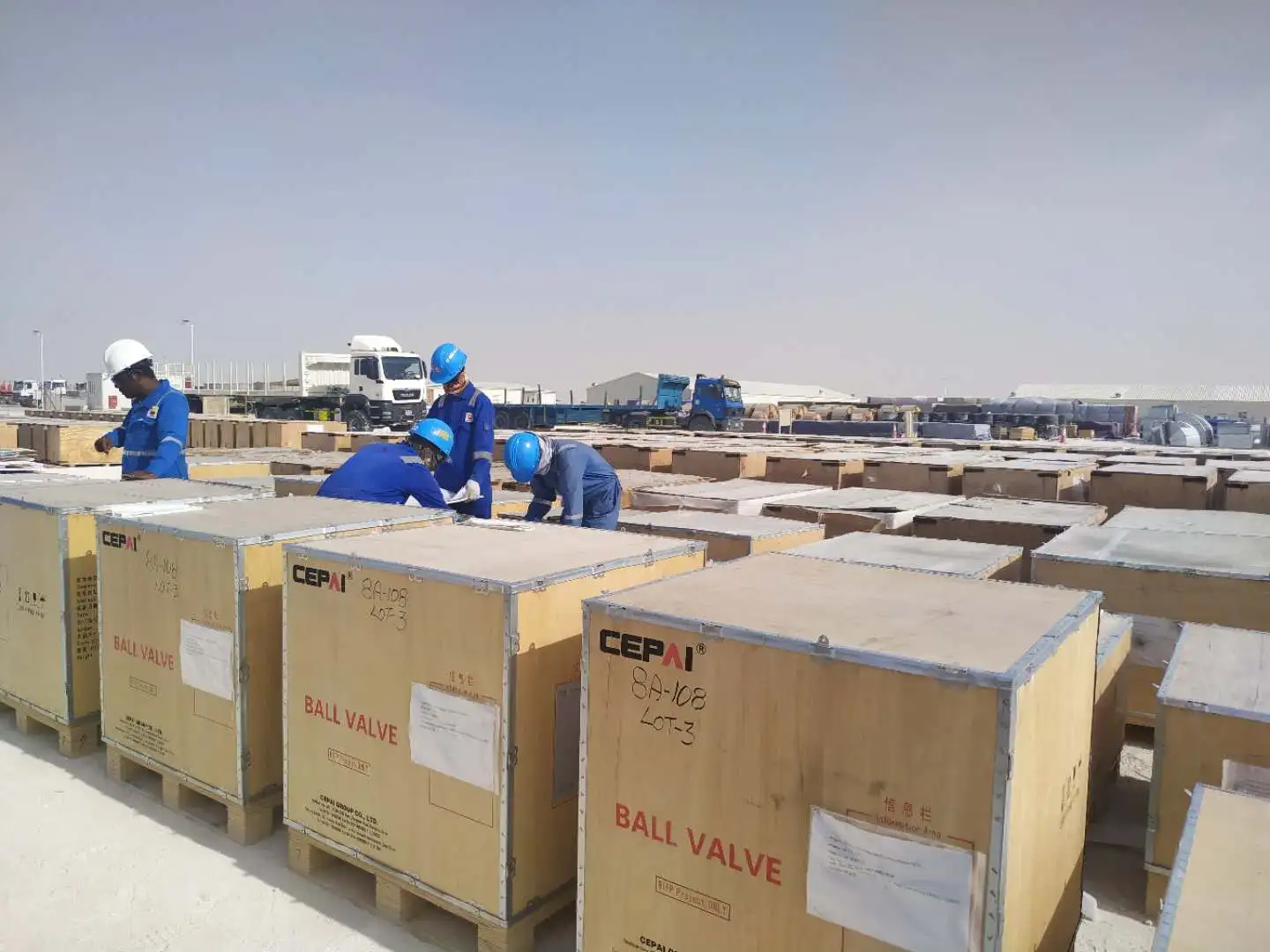
Actuation Methods
Ball valves can be operated manually or through various actuation methods, each offering distinct advantages for different applications. Manual operation is simple and cost-effective but may not be practical for remote or frequently adjusted valves. Pneumatic actuation provides fast, reliable operation and is well-suited for automated systems or hazardous environments. Electric actuators offer precise control and are often used in applications requiring modulating service or integration with digital control systems. Hydraulic actuation can provide high torque output for large or high-pressure valves. When selecting an actuation method, consider factors such as response time, power availability, maintenance requirements, and the need for fail-safe operation in case of power loss.
Sealing Mechanisms
The sealing mechanism of a ball valve plays a crucial role in its ability to control flow and prevent leakage. Floating ball designs, where the ball is not fixed to the stem, are common in smaller valves and offer good sealing at lower pressures. Trunnion-mounted ball valves, which have additional support for the ball, are better suited for larger sizes and higher pressures. Some valves feature double block and bleed capabilities, providing an extra layer of isolation for critical applications. Additionally, consider the type of seat design, such as soft seats for tight shutoff or metal seats for high-temperature applications. The choice of sealing mechanism should be based on factors like required leak tightness, operating conditions, and maintenance considerations.
Conclusion
Selecting the right industrial ball valve requires careful consideration of various factors, including material compatibility, pressure and temperature ratings, and valve design features. By thoroughly evaluating these aspects in relation to your specific application requirements, you can ensure optimal performance, reliability, and longevity of your valve system. Remember that while initial cost is an important consideration, the long-term benefits of choosing a high-quality, well-suited valve often outweigh the upfront investment. As industrial processes continue to evolve, staying informed about the latest advancements in ball valve technology and working closely with reputable manufacturers or suppliers can help you make the best decision for your operational needs.
FAQs
1. What is the main function of a ball valve in industrial applications?
Ball valves are primarily used for flow control and isolation in various industrial processes, offering quick shutoff and reliable sealing.
2. How often should industrial ball valves be maintained?
Maintenance frequency depends on factors like usage, environment, and criticality. Generally, annual inspections are recommended, with more frequent checks for critical applications.
3. Can ball valves be used for throttling purposes?
While ball valves are primarily designed for on-off service, some specialized designs can be used for limited throttling applications. However, dedicated control valves are typically better suited for precise flow regulation.
Expert Industrial Ball Valve Solutions | CEPAI
At CEPAI Group, we specialize in providing top-quality industrial ball valves designed to meet the most demanding requirements of the oil and gas industry. As a leading valve manufacturer and supplier, we offer a comprehensive range of ball valves engineered for optimal performance, durability, and reliability. Our commitment to quality is reflected in our ISO-certified manufacturing processes and rigorous testing procedures. Whether you need standard or custom ball valve solutions, our expert team is ready to assist you in selecting the perfect valve for your application. Contact us at cepai@cepai.com to discuss your industrial ball valve needs and experience our unparalleled service and expertise.

References
Smith, J. (2022). "Advanced Materials in Industrial Valve Design." Journal of Flow Control Technology, 15(3), 78-92.
Johnson, R., & Williams, T. (2021). "Pressure and Temperature Considerations for High-Performance Ball Valves." Industrial Process Engineering Review, 29(2), 145-160.
Chen, L., et al. (2023). "Comparative Analysis of Ball Valve Sealing Mechanisms in Extreme Environments." International Journal of Valve Research, 42(1), 23-38.
Brown, A. (2022). "Optimization of Ball Valve Designs for Energy-Efficient Flow Control." Energy and Process Management, 18(4), 301-315.
Miller, S., & Davis, K. (2021). "Advancements in Actuator Technologies for Industrial Ball Valves." Automation and Control Systems, 33(2), 112-127.
Thompson, E. (2023). "Lifecycle Cost Analysis of Industrial Ball Valves: A Comprehensive Approach." Journal of Industrial Economics and Management, 50(3), 210-225.

_1746598525968.webp)
